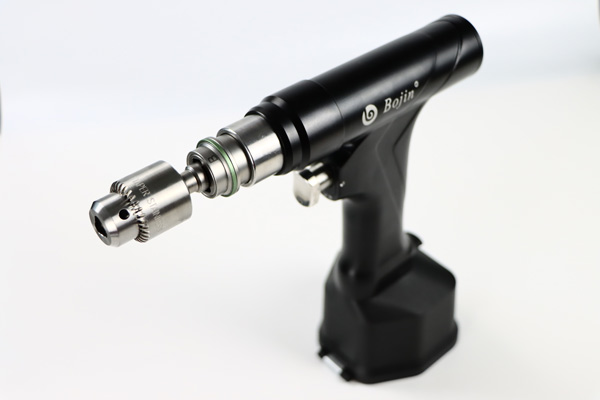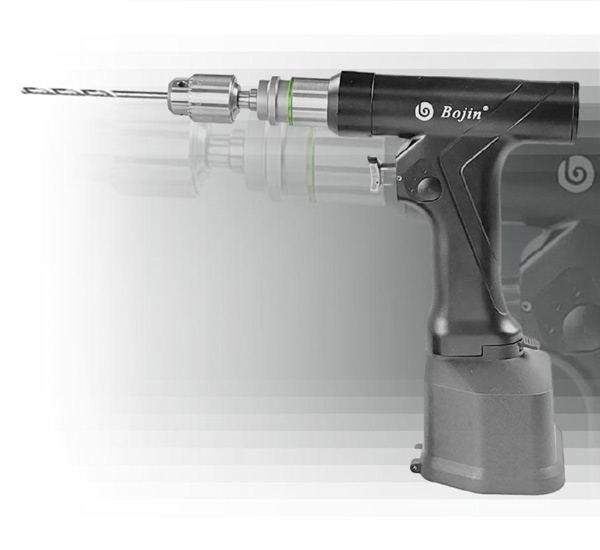Revolutionizing Orthopedic Precision: The Advancements of Cannulated Drills in Modern Surgery
Cannulated drills, a cornerstone of orthopedic and trauma surgery, have undergone significant technological advancements in recent years, offering surgeons unprecedented precision and efficiency in complex bone procedures. These hollow-core tools, designed to guide wires or screws through bone structures, are now integral to procedures such as fracture fixation, joint replacements, and spinal surgeries, with their evolution addressing longstanding challenges in heat management, material durability, and procedural accuracy.


Core Design and Functional Innovations
Cannulated drills are characterized by their hollow design, enabling the insertion of guide wires during surgical navigation. Modern iterations typically feature a distal conical tip for precise bone penetration and a proximal T-shaped handle for ergonomic control. Constructed from high-grade stainless steel or titanium alloys, these drills balance strength with biocompatibility, reducing the risk of corrosion and ensuring compatibility with imaging systems such as fluoroscopy.
Key advancements include:
Thermal Management: Traditional drills often generate excessive heat during operation, risking bone necrosis. Newer models integrate irrigation channels that circulate sterile fluids to maintain safe temperatures, mitigating thermal damage.
Modular Configurations: Interchangeable drill heads (ranging from 2.5mm to 6.5mm) allow adaptability across diverse surgical scenarios, from pediatric fractures to adult reconstructive surgeries.
Sustainability: Reusable designs, combined with autoclavable components, align with global healthcare sustainability initiatives by reducing medical waste.
Clinical Applications and Outcomes
Cannulated drills excel in minimally invasive procedures, where precision is paramount. For instance, in tibial fracture repairs, surgeons utilize these tools to place screws within sub-millimeter accuracy, significantly shortening recovery times. Studies indicate a 25–30% reduction in operative duration due to reduced reliance on intraoperative imaging adjustments, alongside a marked decrease in post-operative infections attributed to minimized tissue disruption.
In spinal surgeries, the drills’ compatibility with robotic-assisted platforms enhances trajectory planning, enabling safer screw placement in anatomically sensitive regions. Additionally, their application in joint replacements ensures optimal implant alignment, reducing long-term complications such as loosening or misalignment.
Technological Synergy and Future Directions
The integration of smart technologies is reshaping cannulated drill functionality. Emerging systems incorporate real-time feedback mechanisms, such as torque sensors and depth indicators, to prevent over-penetration or slippage. Researchers are also exploring nanotechnology applications, such as surface coatings that enhance antibacterial properties or promote osseointegration, inspired by innovations in implant materials.
A notable trend is the convergence of surgical tools with digital navigation. For example, AI-driven systems are being tested to predict optimal drilling paths based on preoperative imaging, further minimizing human error. Such advancements mirror broader industry efforts to merge hardware precision with data-driven intelligence.
Market Growth and Industry Impact
The global market for cannulated drills is expanding rapidly, driven by rising orthopedic conditions linked to aging populations and sports injuries. Analysts project a compound annual growth rate (CAGR) of 7–9% over the next decade, with demand particularly high in regions facing increased fracture incidence rates. Regulatory approvals, including FDA and CE certifications, underscore the tools’ safety and efficacy, accelerating adoption in both developed and emerging healthcare markets.
Challenges and Considerations
Despite their advantages, challenges persist. Surgeons emphasize the need for continuous training to master advanced drill systems, particularly those integrated with digital interfaces. Additionally, cost remains a barrier in resource-limited settings, though reusable designs offer long-term economic benefits.


Conclusion
Cannulated drills exemplify the synergy between engineering innovation and clinical necessity. Their evolution from simple mechanical tools to smart, adaptable systems highlights the transformative potential of medical technology. As research continues to push boundaries—from material science to AI integration—these devices will remain pivotal in advancing orthopedic care, ensuring safer, faster, and more sustainable surgical outcomes worldwide.
